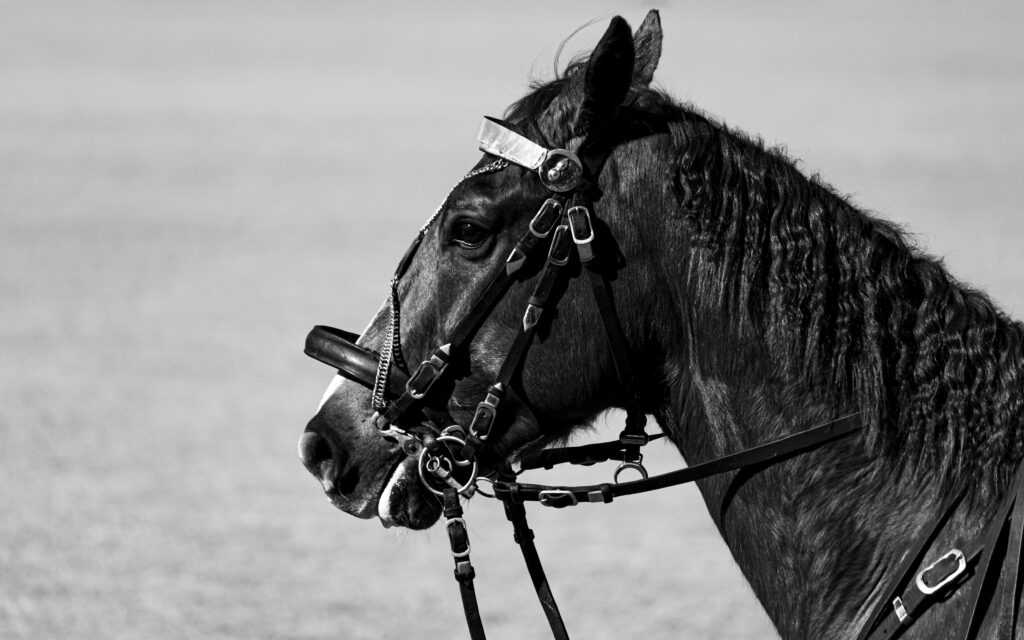Let me ask you a question: what’s the most difficult sport to bet on? Or let me rephrase it: what’s the most unpredictable sport to bet on? I’d say horse racing, and I can back this up.
Horse racing is a sport that has been around for decades, and betting on horses is the main reason why the sport has survived for so long. It makes the sport more exciting to watch, and since it is quite unpredictable, winning a bet feels like you’ve won the lottery.
The question is, can you improve your win rate in horse racing betting? Are there some betting tips that can help you find better value on the track? Or should you follow what everyone else is doing and bet on the favorite?
Well, there are certainly many ways to find value on the track, and only experience can help you improve your win rate. After all, there is a reason why handicapping is a thing in this sport. People dive deeper than you can imagine, and they are even researching what the horse has been eating before the race.
All of this data can help you find a better value and improve your betting accuracy. But let’s dive deeper.
What “Value” Actually Means (and why you should care)
Horse racing odds are just probabilities wearing a different, less understandable outfit. For example, 3/1 implies about a 25% chance, 6/1 implies around 14%, and so on. So, if you believe a horse will win more often than the odds imply, you’ve got an “overlay.” You can learn more about waging on big horse racing events like the Breeders Cup here: twinspires.com/breeders-cup/betting/
In other words, finding “value” means that based on “your math”, the horse has around 37% for a win, instead of the odds 25%. However, overlays or value bets don’t guarantee a cash ticket today. They guarantee that over time, you’re getting paid fairly for the risk you’re taking, not that you’ll make more money.
This is how serious players stay in the game. But finding value bets is a totally different story. Here is how to do it.
Build a Quick “fair odds” Line
First of all, you don’t need a 40-column spreadsheet to make a fair line. Or you don’t have to be a professional handicapper with years of experience.
You should start by ranking the field on a handful of things that actually move the outcomes. Start with speed, pace setup, and trip (who got wide or bottled-up last time), distance/surface fit, and trainer intent.
There are all-important data points that can help you find a value bet or look for “fair odds”. Then you should assign every horse a rough win probability (and it’s okay even if you’re guessing at first), just make sure to add up to 100%.
Then you should convert to fair odds; now you’ve got something to compare with when you are browsing the sportsbooks’ odds. If a certain horse in your calculations has a 40%-win chance, and the odds only gave him 30%, that’s a value bet.
But this doesn’t mean that you’ll win more money. It just means that you’re getting a better deal for your risk.
Use That That Explains How The Race is Won
Most people focus on the “shiny data” before placing a bet, things as the final time of a horse. Yes, that’s important, but it doesn’t tell the full story. Instead, it is better to focus on data that shows how the race is won.
Professionals use in-run data, such as sectionals, path, and stride, which is what helps them identify value bets.
In other words, focus on the things that nobody notices and try to find a pattern. See which horse gets tired too fast, their optimal fast-paced length, pushing from the start or finish, and things like that.
If you are betting on big races like the Breeders’ Cup, you can start by analyzing previous runs of the contenders and following their performance throughout the race.
For some races, it might be difficult to obtain such data, but it’s not impossible. Racing TV’s RaceiQ always puts sectional and pace metrics in a fan-facing place, making it easier to spot when a horse ran “ineffectively”.
Shop for Price: Tote vs Fixed-odds (yes, that’s a thing now)
In pari-mutuel pools, your odds move when everyone else bets; you’re never quite sure what price you’ll go off at.
In New Jersey, fixed-odds horse wagering launched at Monmouth Park, so a number you take is a number you keep, no more last-second drifts eating your overlay. If you’re in NJ, compare the tote to a fixed-odds screen and pick the better deal.
If you’re not, you can still “shop” by comparing multiple ADWs and watching will-pays to gauge where the crowd is leaning.
Respect the Crowd – But Know Its Blind Spots
Racetrack markets are weirdly efficient and weirdly biased at the same time. One famous quirk is the favorite-longshot bias: longshots tend to be overbet (priced too short for their true chance), while favorites are underbet (priced a bit too high). That doesn’t mean “only bet chalk.” It means your default should be: do I have a good reason this 25/1 isn’t just a lottery ticket? If not, don’t donate.
At the end of the day, finding value isn’t about being the smartest person in the room. It’s about finding the valuable data and bringing a calm and calculated process to a noisy market. Remember, it is all in the details, and sometimes it is better to take your time and do the research, rather than jumping on what everyone else is betting on.


 Bessie Christmannero
Founder
Bessie Christmannero is the pioneering founder of Prime Gambling Way, a platform designed to revolutionize the gambling experience. With over a decade of experience in the gambling industry, Bessie has been at the forefront of delivering innovative strategies and expert betting advice. Her deep knowledge of industry trends, combined with a relentless drive to educate and empower bettors, has shaped Prime Gambling Way into a trusted authority. Bessie’s vision is rooted in the belief that informed decisions lead to successful outcomes, and she strives to make professional insights accessible to everyone, from seasoned gamblers to newcomers.
Bessie Christmannero
Founder
Bessie Christmannero is the pioneering founder of Prime Gambling Way, a platform designed to revolutionize the gambling experience. With over a decade of experience in the gambling industry, Bessie has been at the forefront of delivering innovative strategies and expert betting advice. Her deep knowledge of industry trends, combined with a relentless drive to educate and empower bettors, has shaped Prime Gambling Way into a trusted authority. Bessie’s vision is rooted in the belief that informed decisions lead to successful outcomes, and she strives to make professional insights accessible to everyone, from seasoned gamblers to newcomers.
